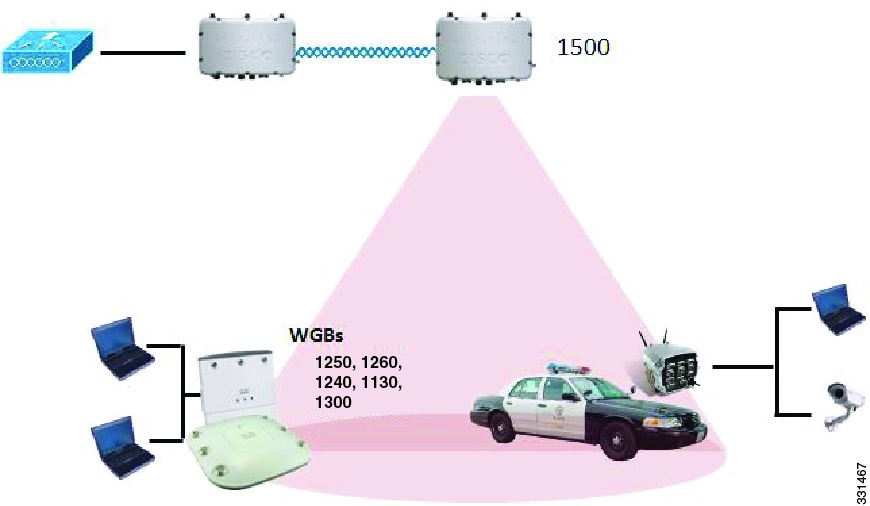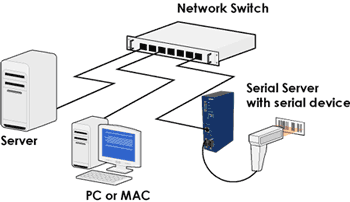

- WIRED CLIENT WORKGROUP INSTALL
- WIRED CLIENT WORKGROUP FULL
- WIRED CLIENT WORKGROUP WINDOWS 10
- WIRED CLIENT WORKGROUP PORTABLE
Wireless router A router helps you share a single Internet connection among several devices.

WIRED CLIENT WORKGROUP PORTABLE
Portable devices usually have them built in. Wireless network adapter An adapter connects devices to a network so that they can communicate.

Wireless technology can be affected by interference from walls, large metal objects, and pipes.Wireless technology is often slower than wired technologies.
WIRED CLIENT WORKGROUP FULL
Wireless repeaters pick up a signal, and if the signal has degraded, the repeater can rebroadcast it again at full strength.
WIRED CLIENT WORKGROUP INSTALL
Wireless networks are cheaper to install than wired networks.You can easily move devices because there are no cables.Wireless networks can transfer data anywhere from 10-600 megabytes per second (Mbps) depending on the type of wireless standard that your modem uses. 10/100/1000 Cat 6 cables are best, but not required. One for each device that needs to connect to the network hub or switch. You need a modem if you want to connect to the Internet.Įthernet cables Network cables connect devices to one another and to other related hardware, such as hubs, routers, and external network adapters. Modem Devices use modems to send and receive information over telephone or cable lines. You might need an extra hub or switch if your router doesn't have enough ports for all of your devices. You don't require a router to set up a wired network, but you should use one if you want multiple devices to share an Internet connection. A 10/100/1000 hub or switch is best and should have enough ports to accommodate all the devices on your network.Įthernet router (only needed if you want to connect more than two devices that share an Internet connection) A router helps you share a single Internet connection among several devices. A switch costs a bit more than a hub, but has faster speed. But a switch can also identify the intended destination of the information so that only the intended devices receive it. Because the hub can't identify the data source as coming from the Internet or another device, it sends the information to all connected devices, including the one that sent it. Desktop computers usually have these adapters built in.Įthernet hub or switch A hub passes data from one device to another. You can also install a network adapter inside a device. You can connect a network adapter to a USB port with either Ethernet cables or USB cables, depending on the type of adapter. It can be time-consuming and difficult when devices are in different rooms.Įthernet network adapter An adapter connects devices to a network so that they can communicate. You must run Ethernet cables between each device and a hub, switch, or router.Ethernet networks aren't affected by interference of objects or walls.Ethernet networks are safer than wireless networks because they're fully contained.Ethernet networks are highly secure and fast.Gigabit Ethernet provides the fastest transfer rate at up to 1 gigabit per second (1000 Mbps). Wired or Ethernet networks can transfer data from 10 Mbps to 1000 Mbps, depending on the type of cables you use. The following sections describe the different network options available. Although costs are similar between the different types, prices will vary according to the network speed that you select. When you select a network for your business, you should consider two main points - the location of your devices and how fast you want your network to be. The choices you have are wired, wireless, and hybrid networks. While having a network almost surely benefits your business, you need to decide which kind of network is the best option for your business depending on its unique and specific needs. Many small businesses use a network to share access to the Internet, printers, and files from one computer to another. Original KB number: 10064 Evaluate network types
WIRED CLIENT WORKGROUP WINDOWS 10
The article is for IT Pros who help set up your small business network.Īpplies to: Windows 10 - all editions, Windows Server 2012 R2 This article walks you through the steps of evaluating, preparing, and setting up your small business network.


 0 kommentar(er)
0 kommentar(er)
